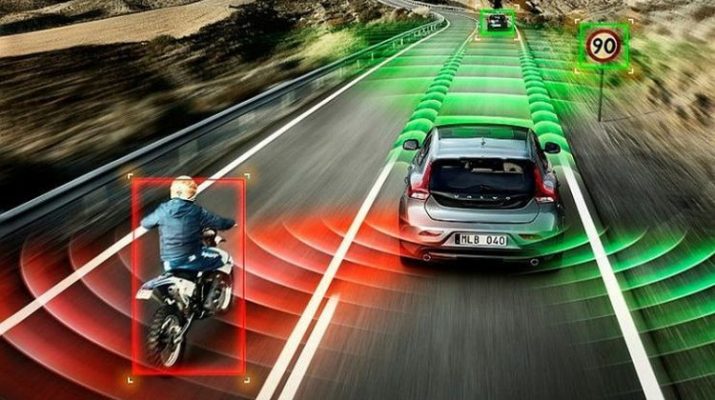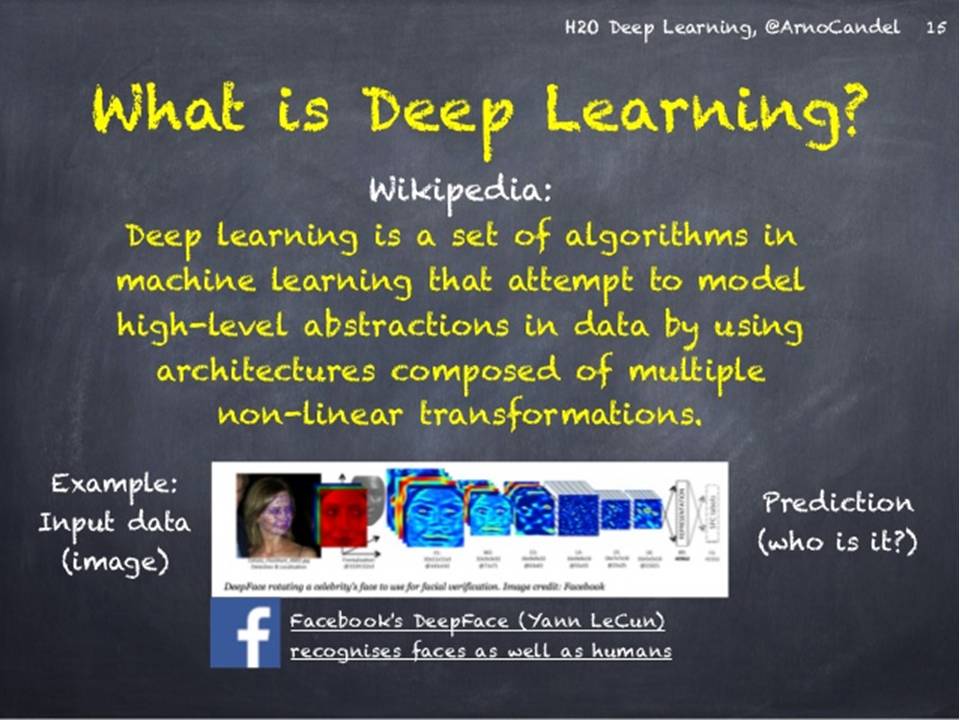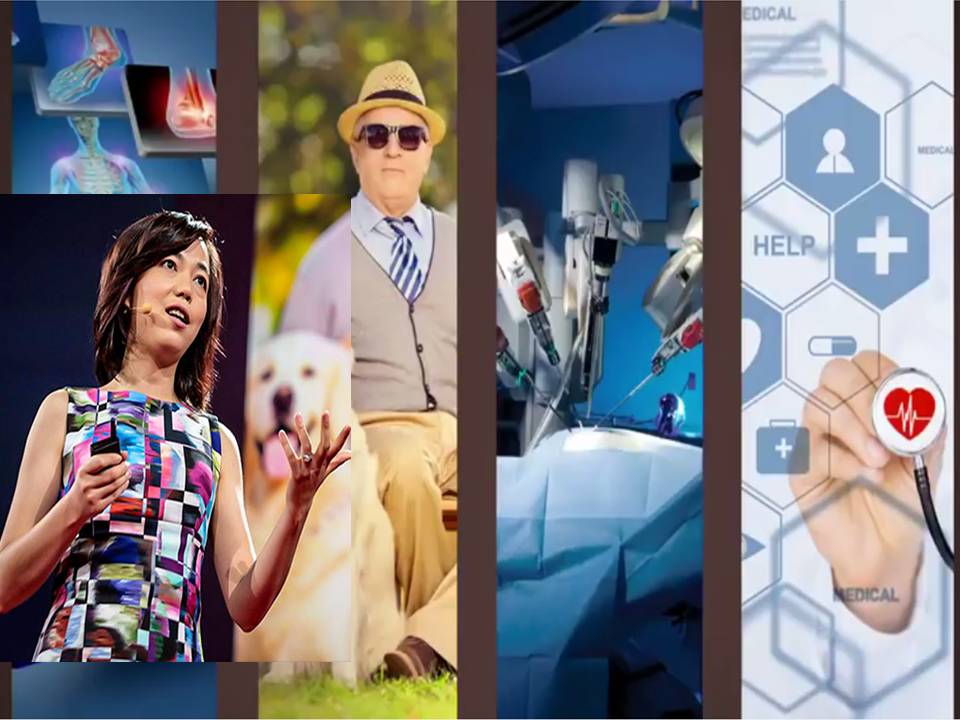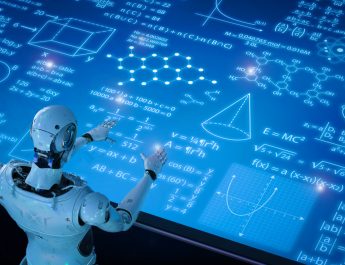Deep Learning for Self-Driving Cars (2018 version) Lecture 1 and 5
Deep learning: Set of techniques that have worked well for AI techniques in recent years due to advancement in research and GPU capabilities. SDC are Systems that can utilize these.
Deep learning (Representation Learning or Feature Learning) is able to take raw information without any meaning and is able to construct hierarchical representation to allow insights to be generated.
Instructors are working on developing cars that understand environment inside and outside the car.
Why Self Driving Cars?
Opportunity to explore the nature of intelligence and the role of intelligent systems in society, because full autonomy may require human-level artificial intelligence.
Goal: Applying Data Driven learning methods to autonomous vehicle.
It’s a biggest integration of personal robots.
- Wide Reaching: Huge number of vehicles on road.
- Profound: An intimate connection between the car and human. Trusting the Robot with your life, a ‘transfer of control’ to the car. The life critical nature of the system if profound and will truly test the limits of the system.
Autonomous vehicle: It’s a Personal robot rather than a Perception-Control. The systems will need assistance from humans via a Transfer of control during situations. A truly Perceptional System having a dynamic nature with human equivalence maybe a few decades away.
Why Deep Learning?
Deep learning Perform really well with huge data. Since human lives are directly dependent on the machines, techniques that learn from real world data are needed.
This is lecture 1 of course 6.S094:
This is lecture 2 of course 6.S094:
This is lecture 3 of course 6.S094:
This is lecture 4 of course 6.S094:
This is lecture 5 of course 6.S094:
Source: Lex Fridman
Lex Fridman is a Postdoctoral Associate at the MIT AgeLab. He received his BS, MS, and PhD from Drexel University where he worked on applications of machine learning and numerical optimization techniques in a number of fields including robotics, ad hoc wireless networks, active authentication, and activity recognition.
Before joining MIT, Dr. Fridman worked as a visiting researcher at Google. His research interests include machine learning, decision fusion, developing and applying deep neural networks in the context of driver state sensing, scene perception, and shared control of semi-autonomous vehicles and numerical optimization.




